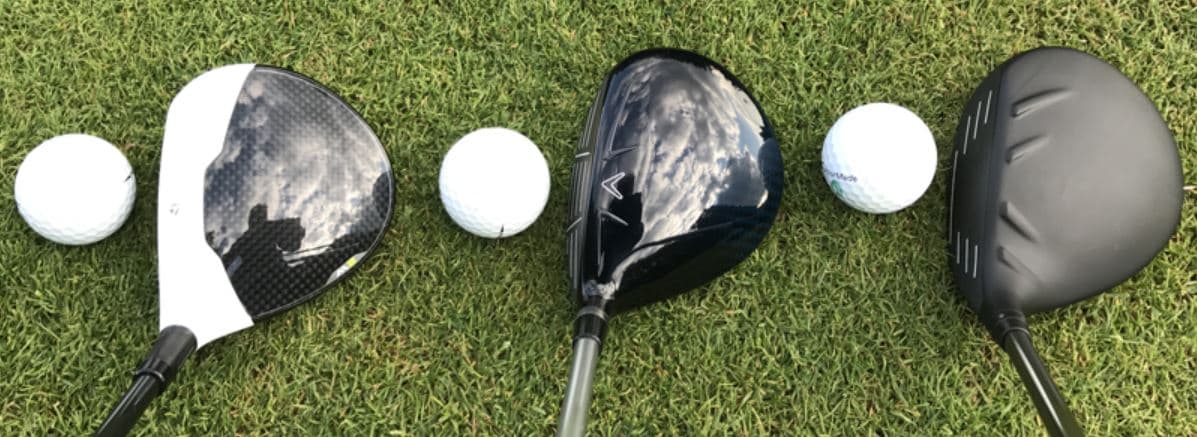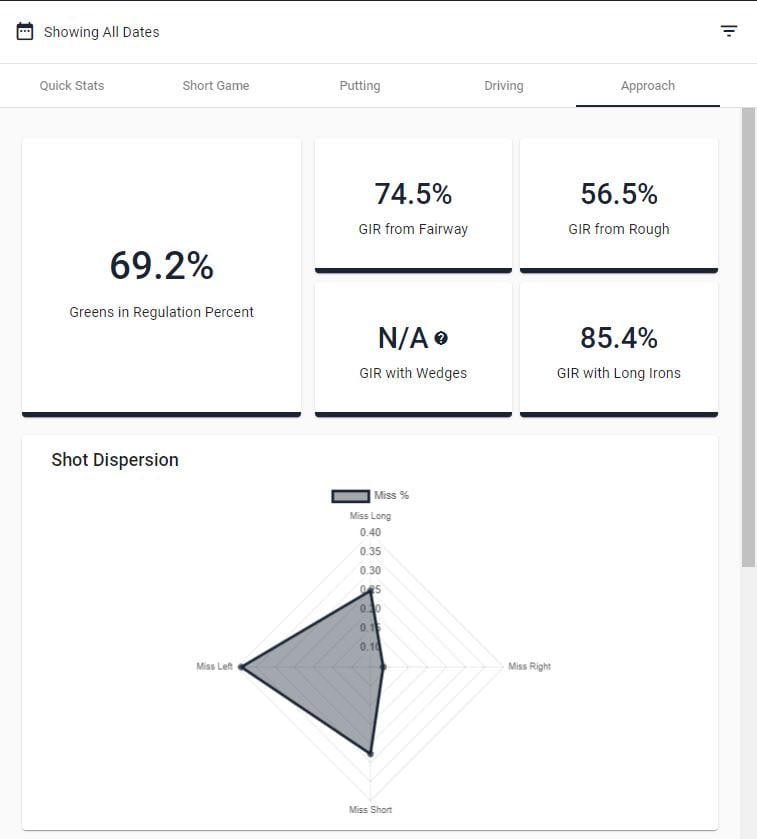
It's not a simple task to create a great backswing for your golf game. It's not a one-time task. Instead, you need to learn a series of techniques that can be used on every swing to improve accuracy and consistency. Understanding how the backswing works is the first step. This will allow you to know when to adjust. The backswing can be controlled but not always. However, it can be controlled at the low point. This helps maintain your spine angle, and keeps the face of golf square. Drills can also be used to assess your swing path.
To do a good backswing, rotate your body and shoulders. Proper posture is essential. Keeping your arms in a parallel position is important, because it prevents the club from picking up on your hands alone. You should also be able feel the club head close to the ground. This will enable the club to generate speed in the downswing.

Your golf shot will be affected by the length of your backswing. If you swing too long, you'll lose distance, and if you swing too short, you'll have a tough time generating enough power to hit the ball. You will have an impact on your timing and strike by having a short backswing. You'll be able produce the necessary power to strike the ball with solid contact if your backswing is controlled. If you don't know how to control the backswing then luck is your only option.
If you have difficulty generating power in the backswing, your rotation might be an issue. If you have strong legs with a strong lower body, you should generate enough power for solid contact with your ball. However, if your legs are weak or you have a poor lower body, you might need help turning your hips. Also, you can increase your range-of-motion. You can do this by stretching or exercising.
Your backswing should also be improved. The club should be at least one foot from your body. This is a sign that you are able to backswim well. The right side should also feel stretchy. An alignment stick can be used for checking that your shoulders are correctly turned.
Lastly, you should be able to feel your arms extending out to the target. If your arms are fully extended you have used all the energy from your backswing. This is a sign that you are making an impact. If this is not possible, you might have an overextension. If you have an overextension, you'll have inconsistent strikes and lose distance. You will need to use your arms to generate power if you don't have a strong, stable lower body.

Using drills can help you check your backswing path, and you can also observe which swing helps you make a solid contact with the ball.
FAQ
How can a golfer score points on the course?
Points are awarded according to how well a competitor performs in a competition. You have many options for scoring points in golf. One way to win a tournament is by scoring more than the rest. Or, a player may finish second in a tournament and get half the prize money won by the winner. Also, placing third through tenth in a tournament earns you points. These points are also known as "strokes".
There are many unofficial events that give points to the top performers, in addition to official competitions. If a player has previously performed well in an event, they may receive bonus points.
What does a Golf Ball look like?
Golf balls are usually made of rubber and plastic. It bounces when it hits because of its dimpled surface.
What are the various types of golf courses available?
There are many types of golf courses. Some courses are intended for beginners while others can be used by more experienced players.
Some golf courses can be found near lakes, rivers and mountains. Others are found in urban areas. Golf courses range from public parks to private estates.
Is golfing dangerous?
Although it isn't considered a dangerous sport, golf can cause injury. For example, you might suffer a broken arm while swinging a club.
However, most injuries happen when you fall from your golf cart.
How do I learn golf?
Learning to play golf requires practice and patience. But, you can improve your game. Here are some tips for you to improve your game.
-
Practice regularly. Golf requires constant concentration and attention. You will not improve your skill level if you don't practice enough.
-
Play with people who play. Playing with other people will help you develop your style of play.
-
Before you begin to practice golf, it is important that you read the basics. This will help you get a sense of the things you should work on.
-
Try not to learn everything at once. Concentrate on one aspect in your game. Try focusing on one area of your game. For example, you might try to improve your putting or learn how to chip. You can then move on to the next part of your game once you feel confident.
-
Take lessons. Take lessons to learn how to position yourself, swing speed, posture, and many other important aspects.
-
Try new techniques. Try new grips, stances and swings.
-
Keep track of your progress. Keep track of your progress by recording your scores. This way, you can identify areas where you need improvement.
-
Join a local Golf Club. There are many clubs around that offer free lessons. Many clubs offer free lessons and have helpful members who are willing to help newcomers.
-
Find a coach. You can get guidance from a professional coach on certain areas of your game.
Statistics
- In the United States, the number of people who play golf twenty-five times or more per year decreased from 6.9 million in 2000 to 4.6 million in 2005, according to the [51] (en.wikipedia.org)
- Professional golfers typically make between 60% and 70% of greens in regulation. (en.wikipedia.org)
- They do this by means of assessing and rating courses according to the average good score of a "bogey golfer," a player with a handicap of around 20. (en.wikipedia.org)
- In the United States, women made up 25 percent of golfers in 2021, which was up from 19 percent in 2011, and junior female golfers account for 35 percent or 1.1 million golfers.[50] (en.wikipedia.org)
External Links
How To
The Best Way To Improve Your Putting Game
Since ancient times, golf has existed. It was invented in ancient Egypt. It has spread across Europe, Asia, America, and then to America. Golf is a sport which requires many skills like strength, agility flexibility coordination eye-hand coordination and concentration.
To play well, you must have good physical fitness and mental preparation. Learn how to swing the ball correctly and accurately. This will allow you to develop a good sense of timing and balance when you touch the ball.
There are many ways to improve your putting skills. Practice regularly, especially prior to playing in tournaments. You can also use the "putter trainer," a type of training device. You can train your muscles to straighten and bend down, while also improving your posture. It improves muscle control and eyesight.
Another factor that affects your ability to putt is your grip pressure. Your hands will become tired if your grip pressure is too high. If you release the handle too much, you could lose your power. Your grip pressure should change depending on what type of shot you are playing. For example, if the hole is short, you should apply more pressure to the clubhead, but less force if the green is long.
It is important to keep your wrists straight. This will allow you to move your arms and shoulders more freely during strokes. The wrist movement should flow smoothly and be fluid. Watch videos and read books on the subject to improve your putting skills. Ask experienced players for tips.